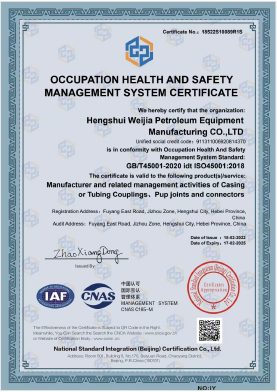- Afrikaans
- Albanian
- Amharic
- Arabic
- Armenian
- Azerbaijani
- Basque
- Belarusian
- Bengali
- Bosnian
- Bulgarian
- Catalan
- Cebuano
- Corsican
- Croatian
- Czech
- Danish
- Dutch
- English
- Esperanto
- Estonian
- Finnish
- French
- Frisian
- Galician
- Georgian
- German
- Greek
- Gujarati
- Haitian Creole
- hausa
- hawaiian
- Hebrew
- Hindi
- Miao
- Hungarian
- Icelandic
- igbo
- Indonesian
- irish
- Italian
- Japanese
- Javanese
- Kannada
- kazakh
- Khmer
- Rwandese
- Korean
- Kurdish
- Kyrgyz
- Lao
- Latin
- Latvian
- Lithuanian
- Luxembourgish
- Macedonian
- Malgashi
- Malay
- Malayalam
- Maltese
- Maori
- Marathi
- Mongolian
- Myanmar
- Nepali
- Norwegian
- Norwegian
- Occitan
- Pashto
- Persian
- Polish
- Portuguese
- Punjabi
- Romanian
- Russian
- Samoan
- Scottish Gaelic
- Serbian
- Sesotho
- Shona
- Sindhi
- Sinhala
- Slovak
- Slovenian
- Somali
- Spanish
- Sundanese
- Swahili
- Swedish
- Tagalog
- Tajik
- Tamil
- Tatar
- Telugu
- Thai
- Turkish
- Turkmen
- Ukrainian
- Urdu
- Uighur
- Uzbek
- Vietnamese
- Welsh
- Bantu
- Yiddish
- Yoruba
- Zulu
tubing and casing
Understanding Tubing and Casing in Oil and Gas Operations
In the oil and gas industry, efficient extraction of hydrocarbons relies heavily on the use of specialized equipment designed for various purposes. Two critical components in this domain are tubing and casing, each serving distinct yet interconnected functions in the wellbore structure.
What is Casing?
Casing refers to the series of steel pipes that are installed in the drilled wellbore to prevent the collapse of the well walls and to isolate water layers from oil or gas-producing zones. These pipes provide structural integrity and ensure safety during extraction operations. Casing is installed at various depths, often segmented into different sections known as strings. For instance, surface casing protects the upper layers of the well and ensures that any surface water is shielded from contamination, while production casing surrounds the zone from which hydrocarbons will be extracted.
Casing also supports the well by managing pressure and preventing the influx of formation fluids, thereby reducing the risk of blowouts. It is typically cemented in place to provide additional stability and sealing against fluid migration. The quality and suitability of the casing material are vital, as they must withstand high pressures, corrosive environments, and extreme temperatures.
What is Tubing?
tubing and casing

On the other hand, tubing is the pipe through which oil or gas flows from the reservoir to the surface. Once the well is completed and ready for production, tubing is installed inside the casing. This smaller diameter pipe allows for efficient transport of hydrocarbons and can be tailored to fit specific production needs.
Unlike casing, which is generally fixed and provides the framework of the well, tubing is designed to be removable for maintenance and repair purposes. It enables operators to optimize production by adjusting flow rates and managing pressure. Additionally, tubing can be equipped with various downhole tools such as pumps, gauges, and valves, which enhance the extraction process.
The Interplay Between Tubing and Casing
While casing and tubing serve different functions, their interplay is crucial for the overall effectiveness of well operations. Properly designed and installed casing ensures that the tubing can operate safely and effectively without the risk of collapsing wellbore walls. Conversely, the installation of tubing must consider the surrounding casing to maintain optimal pressure and flow rates during production.
In conclusion, tubing and casing are indispensable components of well construction and operation in the oil and gas industry. They not only contribute to the safety and efficiency of extraction processes but also play a vital role in protecting the environment from potential contamination. As technology evolves, so do the materials and techniques used in tubing and casing, aiming to improve performance and sustainability in hydrocarbon extraction for the future. Understanding these components provides insight into the complexities of oil and gas operations and highlights the importance of engineering in shaping industry practices.
-
Tubing Pup Joints: Essential Components for Oil and Gas OperationsNewsJul.10,2025
-
Pup Joints: Essential Components for Reliable Drilling OperationsNewsJul.10,2025
-
Pipe Couplings: Connecting Your World EfficientlyNewsJul.10,2025
-
Mastering Oilfield Operations with Quality Tubing and CasingNewsJul.10,2025
-
High-Quality Casing Couplings for Every NeedNewsJul.10,2025
-
Boost Your Drilling Efficiency with Premium Crossover Tools & Seating NipplesNewsJul.10,2025







